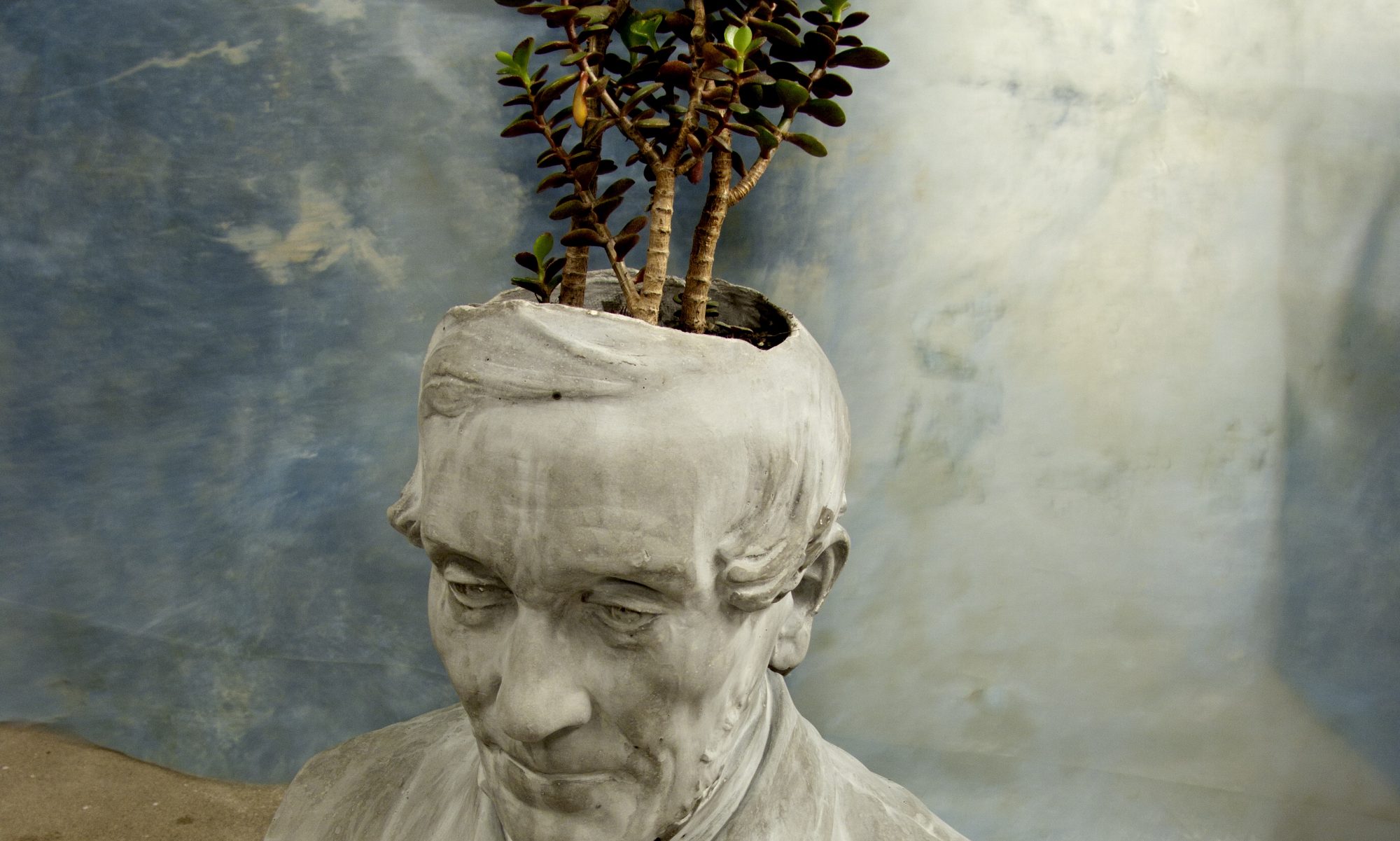The Horse and Slave trade between the Wester Sahara and Senegambia (1993) James L.A. Webb Jr. argues “that the horse and slave trades fed upon one another and reinforced the cycle of political violence.” and that this process had a strong effect “throughout the eighteenth century and into the second half of the nineteenth century.” He details that horses were imported from northern Africa and western Sahara to Senegambia because breeds in the latter were smaller and less efficient. These breeds were not as resistant to local environmental conditions and were crossbreed with local stock. Webb offers a really detailed description on how people were captured as slaves using horses. The text has a bad stench.
Their greater weight [of bigger horse breeds] meant that they were capable of carrying greater burdens over longer distances. Their larger overall size projected more fearsome power. All were important for the smaller cavalry-based states of the seventeenth, eighteenth and nineteenth centuries. For the slave- raiding of entire villages, mounted warriors typically surrounded a settlement, then burned it, and during the attack ran down on horseback those who sought to escape.
Horse were traded for humans and “[…] the link between imported horses and exported slaves was direct.” The import horses were used for warfare, which produced prisoners who were sold into the slave markets and for “predatory pillaging”. Webb explains that the “The indigenous Senegambian pony was small, between 0-95 meter […]” and that “the indigenous pony was established long before the introduction of the Arabian and Barbary horses […]”.
In the Malian savanna the terms for horse have local language roots perhaps suggesting a longer-established pattern of horse imports, perhaps before the establishment of Arabo-Berber influence in the Adrar.
The article goes into detail of the effects of buildup of the Jolof cavalry. “It transformed the political geography of the western savanna; other polities struggling against the dominance of the center were obliged to follow suit.” This processes lead to the adaptation of the Arab stirrup both in Western Sahara and Senegambia & Mali.
[Arab stirrup] allowed the warrior to manipulate weaponry such as pikes and spears with greater force, using leg and upper torso strength more efficiently than a bareback rider. With the adoption of the stirrup the horse came to be more fully exploited as an animal of war and predation. It allowed for the elite of sedentary states to exercise the same kind of dominance over agricultural communities in the savanna and at the forestedge that horse- or camelriding nomads could exercise at the desert edge.
The River Horse breed in defined as a “spin-off of the desert horse trade known as the cheval du fleuve.” This breed was referred by desert hearers as “haratin” meaning “freed slaves” which I think signifies horses which had successfully escaped human captivity. These breeds were also used by colonial French forces who needed resilient breeds for operations in French Sudan (~1880). If the account of an eighteenth-century traveler Francis Moore is to be believed horse trade with colonial forces was a site of biopolitical combat. He observed that the Wolof only sold studs, the meres were kept and the maneuver allowed them to control the prices and supply of the animal. The Portuguese horses yielded a lower price because their life expectancy was lower not because of the import volume.
At least by the 1670s, the military use of horses along the desert frontier of the western Sahara was well-established. A fragment of Trarza oral data relates that at the time of the jihad of Nasir al-Din ‘every man had a horse’.
Horses were traded for slaves and different breed yielded different prices (Webb cities to testimonies of a price ratio of as high as 1 for 25). Interestingly this means that the current genetic makeup of horse populations in the area of Senegambia could be read as a sort of “receipt” which testifies to the volumes of slave trade geopolitical superpowers were engaged in. The genetic makeup of present day horses in Senegambia region is influenced by slave trade between forces from north (Barb horse), east (Arab horses), trough the ports which Portuguese build and the different kingdoms in the region. Breeds are a historical document.

